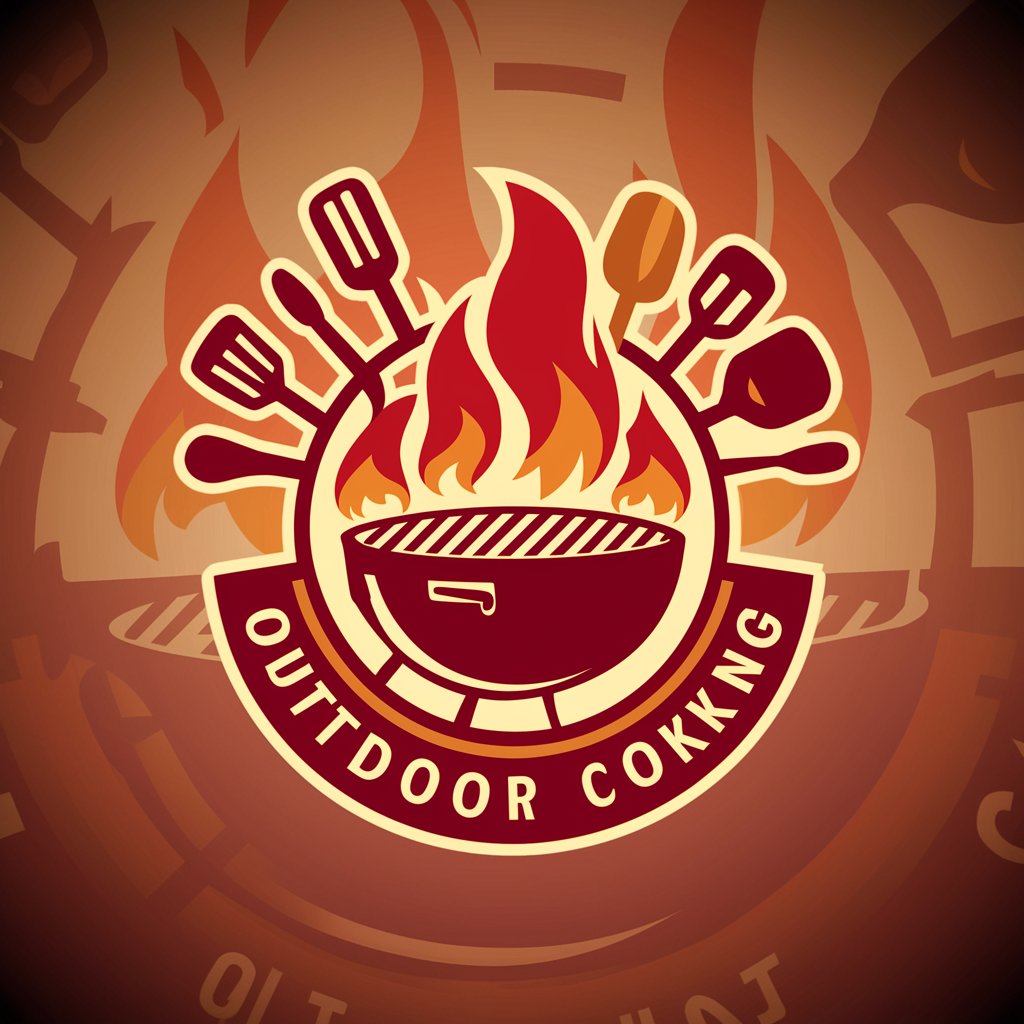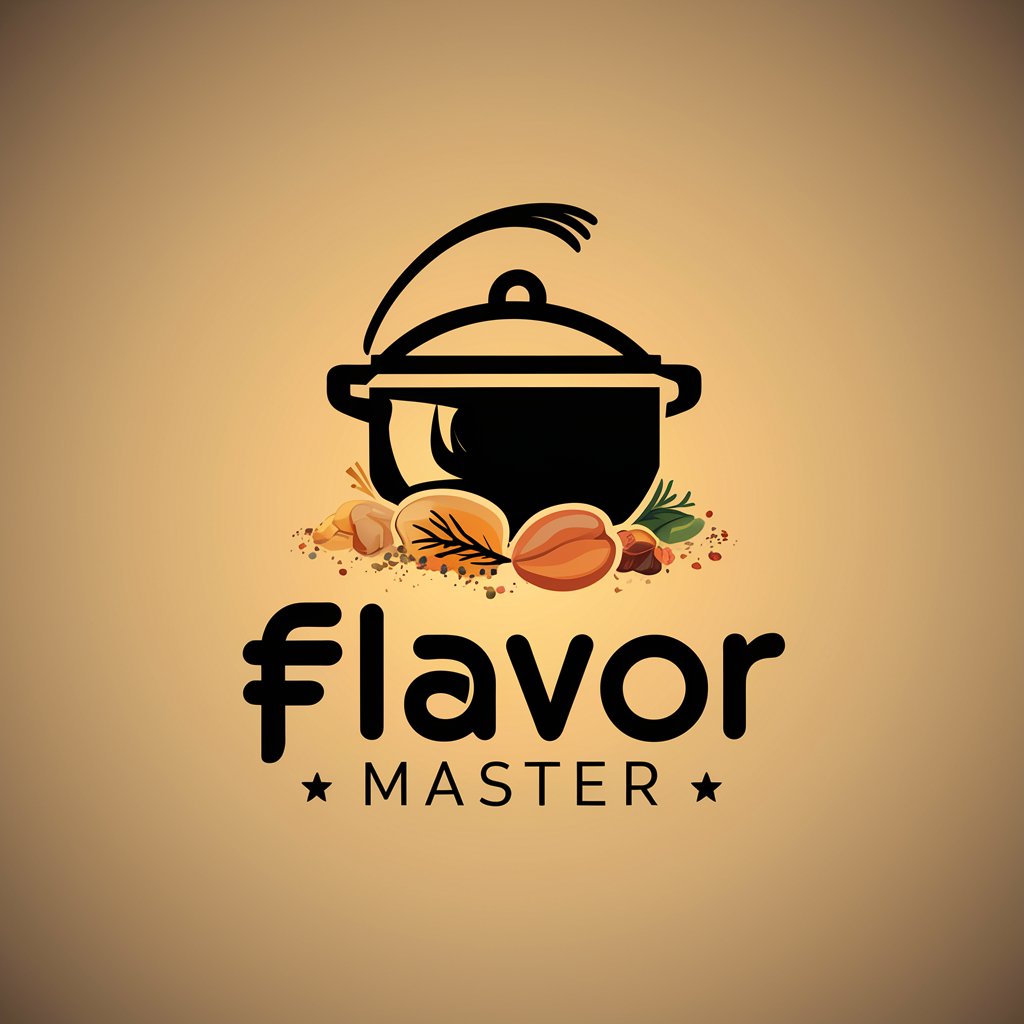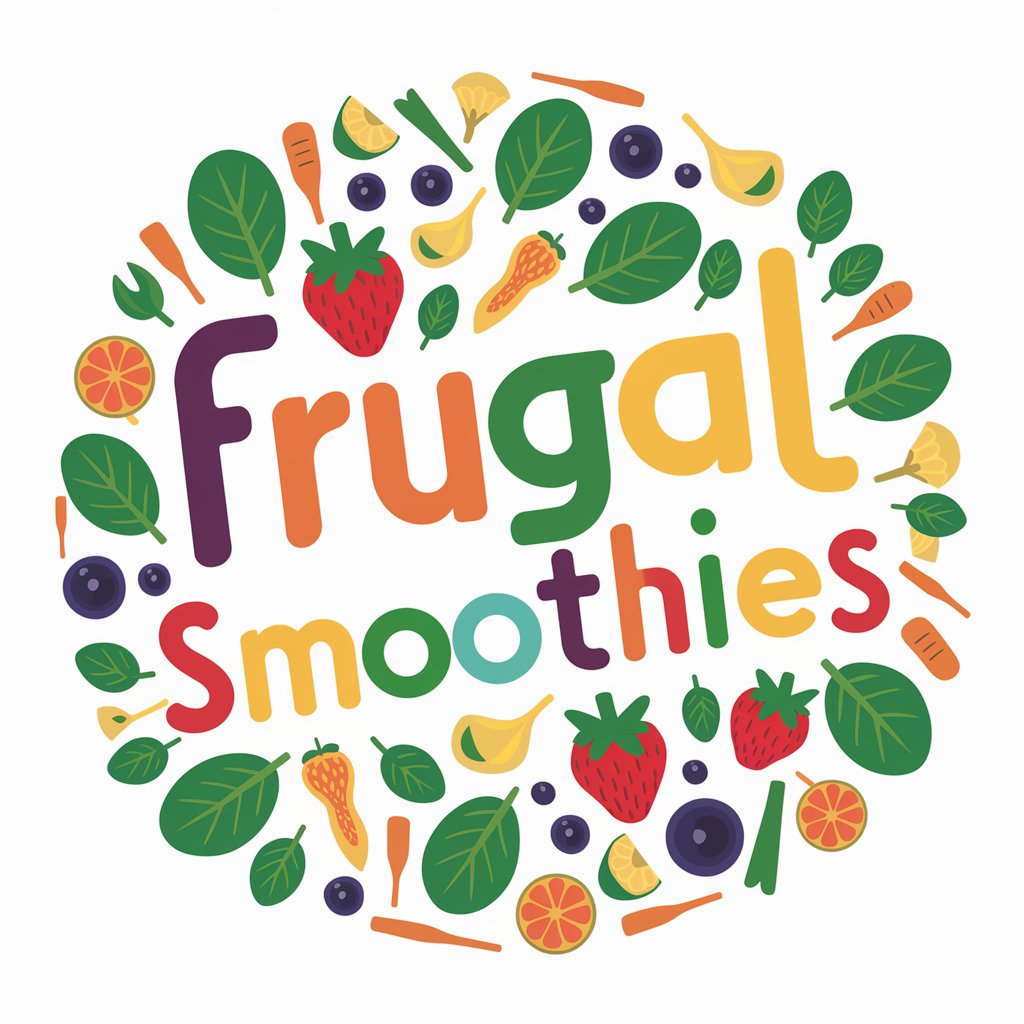Kitchen Knives - Culinary Knife Guidance

Welcome to Kitchen Knives! Let's sharpen your culinary skills together.
Sharpen Your Cooking Skills
What are the differences between a chef's knife and a Santoku knife?
Can you recommend a good knife set for a home cook?
How do I properly maintain my kitchen knives to keep them sharp?
What is the best knife for slicing vegetables thinly?
Get Embed Code
Overview of Kitchen Knives
Kitchen Knives are essential tools in culinary arts, designed to handle various tasks in food preparation. Their design purpose encompasses precision, efficiency, and safety in kitchen operations, ranging from simple cutting and slicing to more complex carving and filleting. For instance, a chef's knife is designed with a broad and sharp blade to accommodate slicing, dicing, and chopping of vegetables, meats, and other ingredients, showcasing its versatility. A paring knife, with its small and agile blade, is perfect for peeling fruits and vegetables or performing delicate tasks such as deveining shrimp. These examples illustrate how different designs serve specific functions, highlighting the importance of selecting the right knife for each task to achieve the best results. Powered by ChatGPT-4o。

Core Functions and Applications
Chopping and Dicing
Example
Chef's knife
Scenario
Used to chop vegetables for a salad or dice onions for a sauce, demonstrating efficiency in preparing ingredients for various dishes.
Slicing and Carving
Example
Slicing knife
Scenario
Ideal for slicing roasted meats or large fruits, ensuring thin, precise cuts that enhance the presentation and texture of the dish.
Peeling and Trimming
Example
Paring knife
Scenario
Used for peeling apples for a pie or trimming excess fat from meat, showcasing its precision for small, detailed tasks.
Boning and Filleting
Example
Boning knife
Scenario
Facilitates the removal of bones from meat or fish, demonstrating the knife's flexibility and precision in separating flesh from bone.
Bread Slicing
Example
Bread knife
Scenario
Used to slice through crusty bread without crushing it, illustrating the knife's design to handle soft interiors and hard exteriors.
Target User Groups
Professional Chefs
Professionals in the culinary industry who require precision, efficiency, and versatility from their tools to execute a wide range of tasks quickly and accurately.
Home Cooks
Individuals who enjoy cooking at home and seek to improve their culinary skills and meal quality through the use of specialized kitchen knives.
Culinary Students
Students pursuing a career in the culinary arts, needing to learn about and practice with professional-grade knives to build their skill set.
Food Enthusiasts
Those with a keen interest in cooking and culinary trends, looking to explore and expand their cooking techniques and kitchen tool collection.

Using Kitchen Knives Effectively
Begin Your Journey
Start by exploring yeschat.ai, offering a free trial that requires no login or subscription to ChatGPT Plus, making it accessible for everyone.
Select the Right Knife
Identify the task at hand and choose the appropriate knife. For precision tasks like mincing garlic, a chef's knife is ideal, while a serrated knife is better for bread.
Maintain Your Knives
Regularly sharpen and hone your knives to keep them in top condition. A well-maintained knife ensures safety and efficiency in the kitchen.
Practice Proper Technique
Learn basic knife skills, including how to hold the knife and the food item, to improve precision and avoid injuries.
Clean and Store
Clean knives by hand with warm, soapy water and dry immediately. Store them in a knife block or magnetic strip to protect their edges.
Try other advanced and practical GPTs
Outdoor Cooking
Ignite Your Grill, Enhance Your Skills

Empower50+ (Health & Wellness)
Empowering Wellness with AI

Optima Wellness Coach
AI-Powered Personal Health Guidance

Antioxidant Wellness Advisor
Empower your health with AI-driven antioxidant insights.

Wellness Visualizer
Visualize Healing, Empower Wellness

Consistent Character Creator
Craft Lifelike Characters with AI

Sausage
Unlock the Flavor of Sausages with AI

Cooking
Empowering culinary creativity with AI

Flavor Master
Revolutionizing Cooking with AI

Cooking and Recipes
Culinary creativity at your command

Frugal Smoothies
Sip Smart, Save Big with AI

Milkshake
Blend, Sip, Explore - AI-powered Milkshake Mastery

FAQs about Kitchen Knives
What makes a good kitchen knife?
A good kitchen knife features a sharp, durable blade made from high-quality materials like stainless steel or carbon steel, a comfortable handle, and a balanced weight for easy handling.
How often should I sharpen my knives?
Sharpen your knives every few months or whenever you notice they're starting to dull. Honing with a steel should be done more frequently, ideally before each use, to maintain the edge.
Can I put my kitchen knives in the dishwasher?
It's not recommended to put kitchen knives in the dishwasher as it can dull their edges and damage handles. Hand wash your knives to preserve their quality.
What is the difference between a chef's knife and a Santoku knife?
A chef's knife typically has a curved blade that allows for rocking motions, making it versatile for various tasks. A Santoku knife has a straighter edge and is thinner, ideal for precise slicing, dicing, and mincing.
How do I safely store my knives?
Store your knives in a knife block, on a magnetic strip, or in a protective sheath to keep the blades sharp and prevent accidents. Avoid storing them loosely in drawers.
